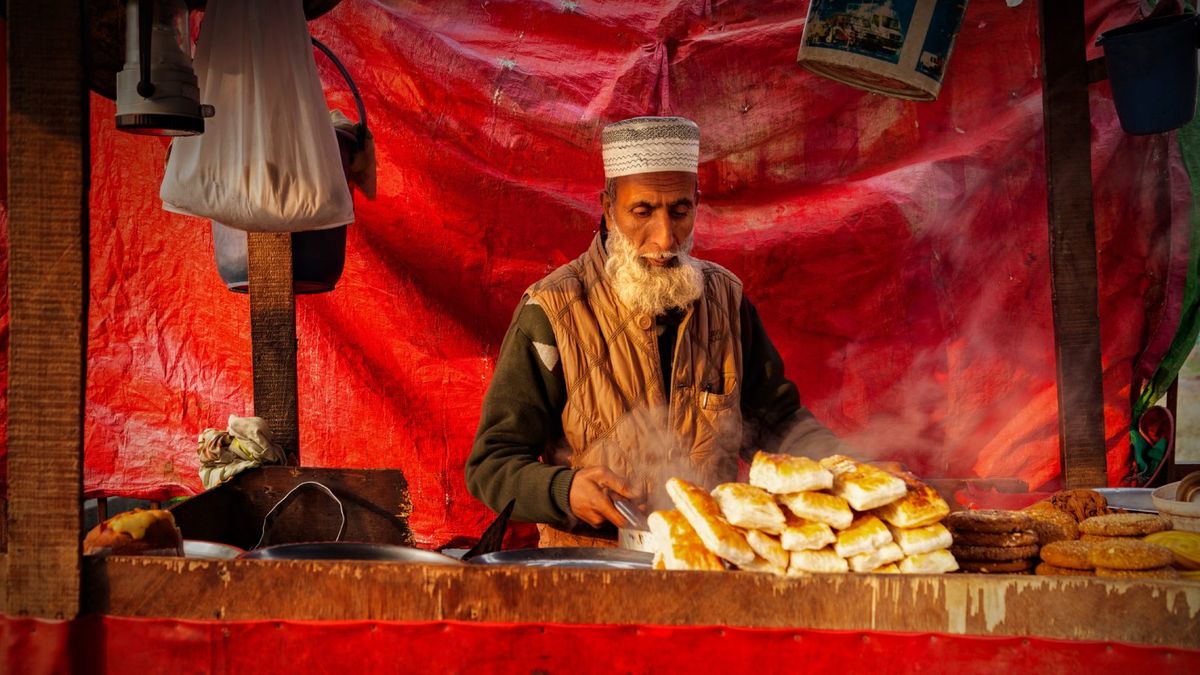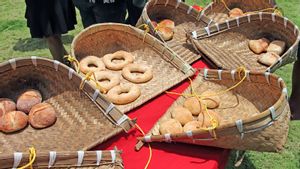Kashmiri cuisine hasn’t yet got the recognition it deserves. It’s yet to find global acceptance and is still one of the least explored cuisines that barely finds a mention on the mainstream Indian food menu. In fact, even when you turn to the bread section, you will only find naan, kulcha, chapati and rumali roti. The most popular sheermal also struggles to make space on the list, let alone other freshly-baked Kashmiri bread options such as tsochwor, girda, lavasa, makai woer and the rest. However, a few Kashmir-origin chefs have been working persistently towards putting the native Kashmiri dishes on the world food map and popularising it among food enthusiasts.
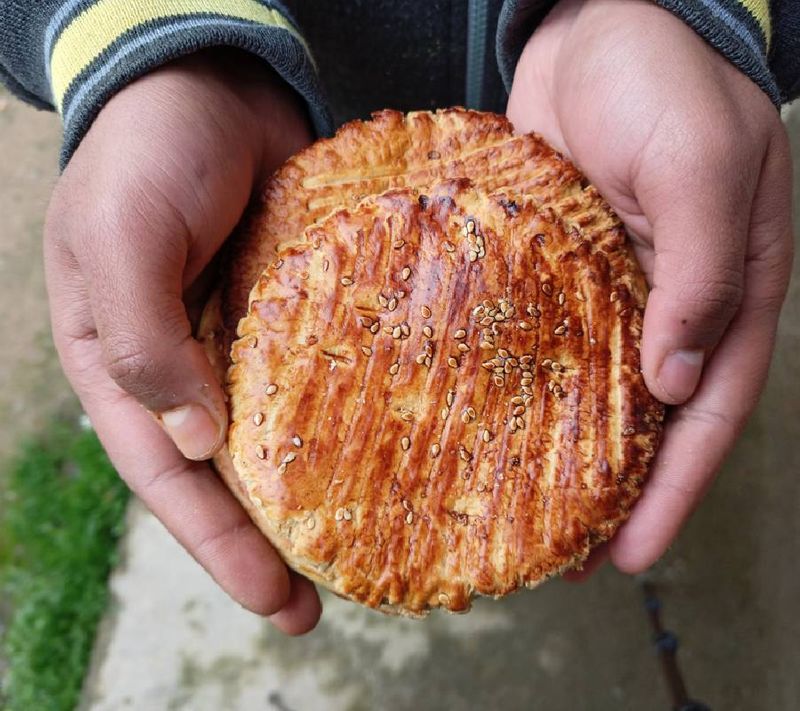
Kashmiri breads are a daily ritual for the locals. And Chef Nalini Sadhu, owner and chef at Matamaal restaurant, Gurugram is no exception! At her restaurant, she bakes 10 of the 14 breads every day and the rest are made on order. She starts her day with a cup of kehwa with bread based on her mood. Her personal favourite bread is the katlam - a layered, flatbread with a crunchy outer layer and soft on the inside. “I have it with butter or our in-house Ladakhi Apricot Jam,” she adds. It doesn’t get any more authentic and real than this.
We got the chef to take us through the traditional and long-forgotten Kashmiri breads from the local kandurs (traditional bakery cum social hub) and what makes them an indispensable part of their daily diet.
Kashmiri breads are a result of centuries of cultural influences being passed through invasions or travelling artisans. But then, what makes it so different from the rest of the breads found in India? Chef Sadhu explains, “The variety of breads would cover you in the morning and provide for an excellent snack in the evenings or whenever you are hungry. We bake these ranges of breads in a clay oven. These bakers are believed to be blessed by saint Lal Ded who plunged into the clay tandoor of a baker to hide herself from an evil man. She later emerged with clothes and ornaments.”
Kashmir has around 14-15 varieties of bread and there is a type of bread for every mood. Chef Sadhu says, “When the clay oven is fired up every morning using wood, there is bread baked at every temperature of the oven. The range varies from fluffy, layered breads, to biscuits, cake-like breads & flatbreads. The uniqueness of these breads also comes from the fact that there are only a few experts in this field who have inherited the techniques of baking these breads. The sweet breads like sheermal, roth or khatayi are an all-time favourite with tea while the savoury breads are relished with dollops of butter.”
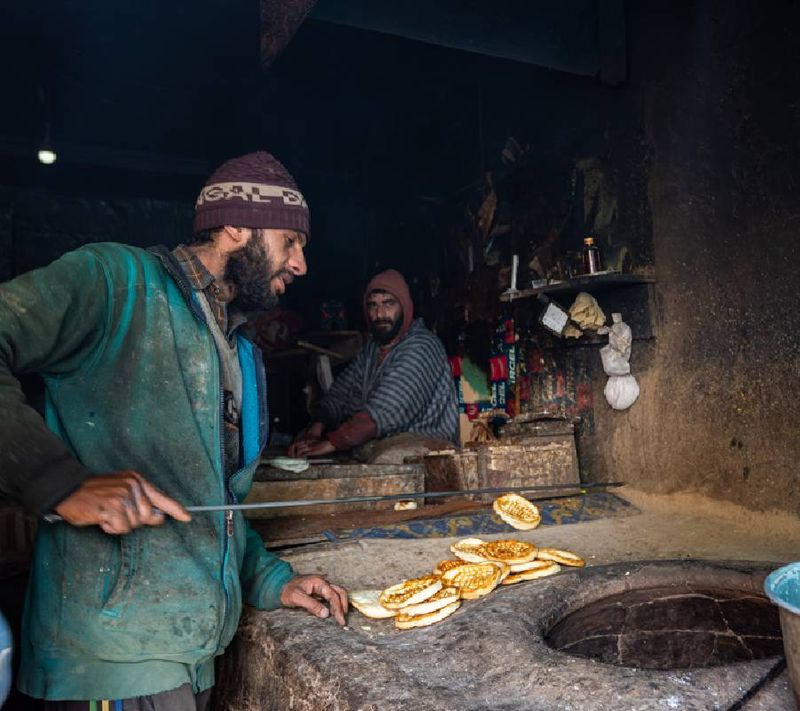
The long-forgotten Kashmiri breads
Over the years, the chef has met elderly couples who tasted some of her bread and compared it to the ones they had before the partition. She says, “Our Madur Khatayi is one such bread. The texture is unlike any other biscuit in the country. It’s like one of those timeless recipes that didn’t undergo constant changes in recipe due to the influx of different cultures over time.”
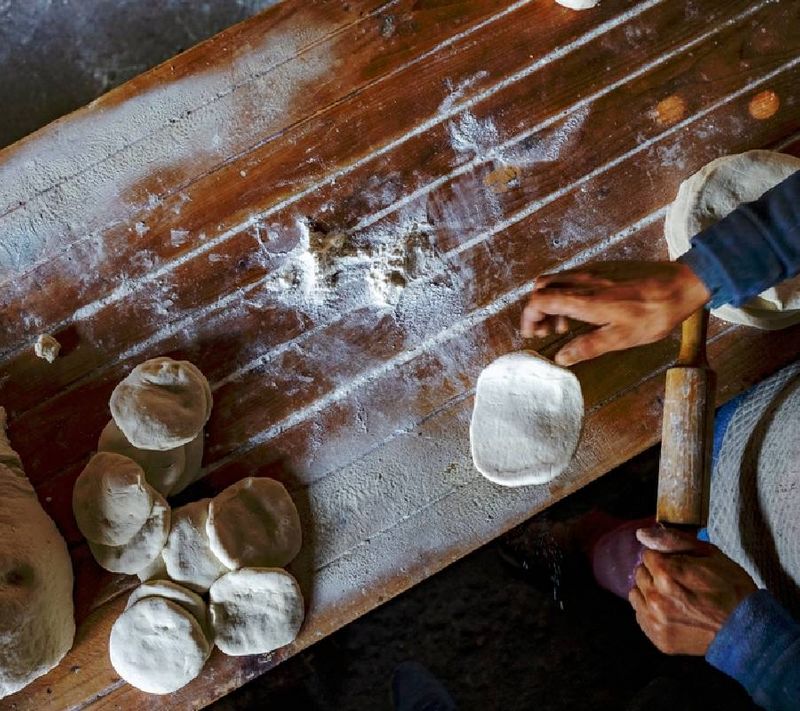
The kneading process is an art in itself
The native and quintessential Kashmiri technique involved in the making of breads is instrumental in making them exceptional. “There are no machines that could possibly replace this technique. Even if the machine could, the texture is the toughest to achieve. The dough is mostly made with flour and desi ghee. In some breads, the baker adds black cardamom or tops the bread with dry fruits,” she adds.
Sheermal recipe
Here’s an exclusive recipe of Sadhu’s signature biscuit-like bread, sheermal. It is different from the Sheermal that you would get in Old Delhi.
Quantity: 10 sheermals
What you need:
- 180 gm - Sugar (powdered preferably)
- 2 gm - Baking soda
- 3 gm - Black cardamom (coarsely ground)
- 180 gm - Wheat flour
- 300 gm- Refined flour
- 150 gm - Pure ghee
- (The ratio of sugar to flour to ghee should be 1:2.5:1)
Method:
- Make sugar syrup and add baking soda, black cardamom and mix well.
- Now, add flour and ghee in the mixture in small batches to make the dough.
- Cover the dough with a wet cloth and let it rest for 10 minutes.
- Knead well to make the dough soft.
- Divide the dough into 10 equal portions.
- Roll each dough ball to a smooth ball, round and no cracks.
- Make small holes on the surface for the air to escape while baking.
- Sprinkle sesame seeds on top and bake in a clay oven.
- Dip in a jar of ghee for a quick second once taken out from the oven.
Recipe courtesy: Chef Nalini Sadhu


